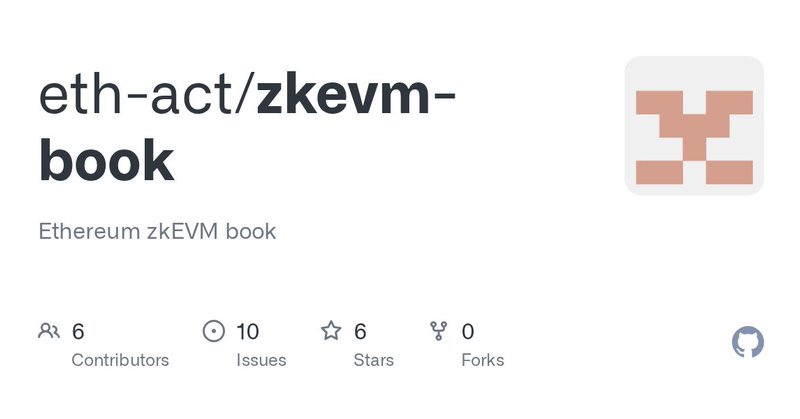
tcoratger
@tcoratger
Followers
2K
Following
832
Media
108
Statuses
3K
Research at Ethereum Foundation
France
Joined August 2014
My journey as a researcher began with a PhD in applied math for the automotive & aeronautic industries! . Every day now, I'm amazed by the parallels between solving physics problems and building eth future. Blockchain draws from so many fields — an often underappreciated fact!.
2
0
36
New reference blog post from @class_lambda (super comprehensive and covers all the necessary stuffs about multilinear polynomials). Multilinear Polynomials: Survival Kit.
blog.lambdaclass.com
Introduction In this article we briefly introduce a list of basic properties of multilinear polynomials that are convenient to have in mind when tackling a very interesting piece of work by Bagad,...
5
7
29
RT @drakefjustin: Ethereum Foundation Protocol will host a Reddit AMA on Aug 29 at 2pm UTC. questions can be submitted now :). https://t.co….
0
133
0
WIP zkEVM book from EF’s zkEVM team for Ethereum engineers/researchers has been published recently: (repo: . It explains what we’re building, why, and how. Feedback welcome, under active construction.
github.com
Ethereum zkEVM book. Contribute to eth-act/zkevm-book development by creating an account on GitHub.
9
27
177


